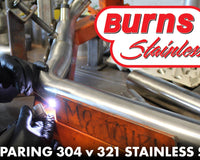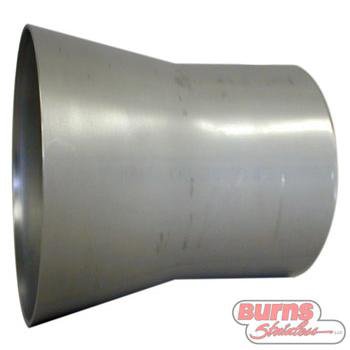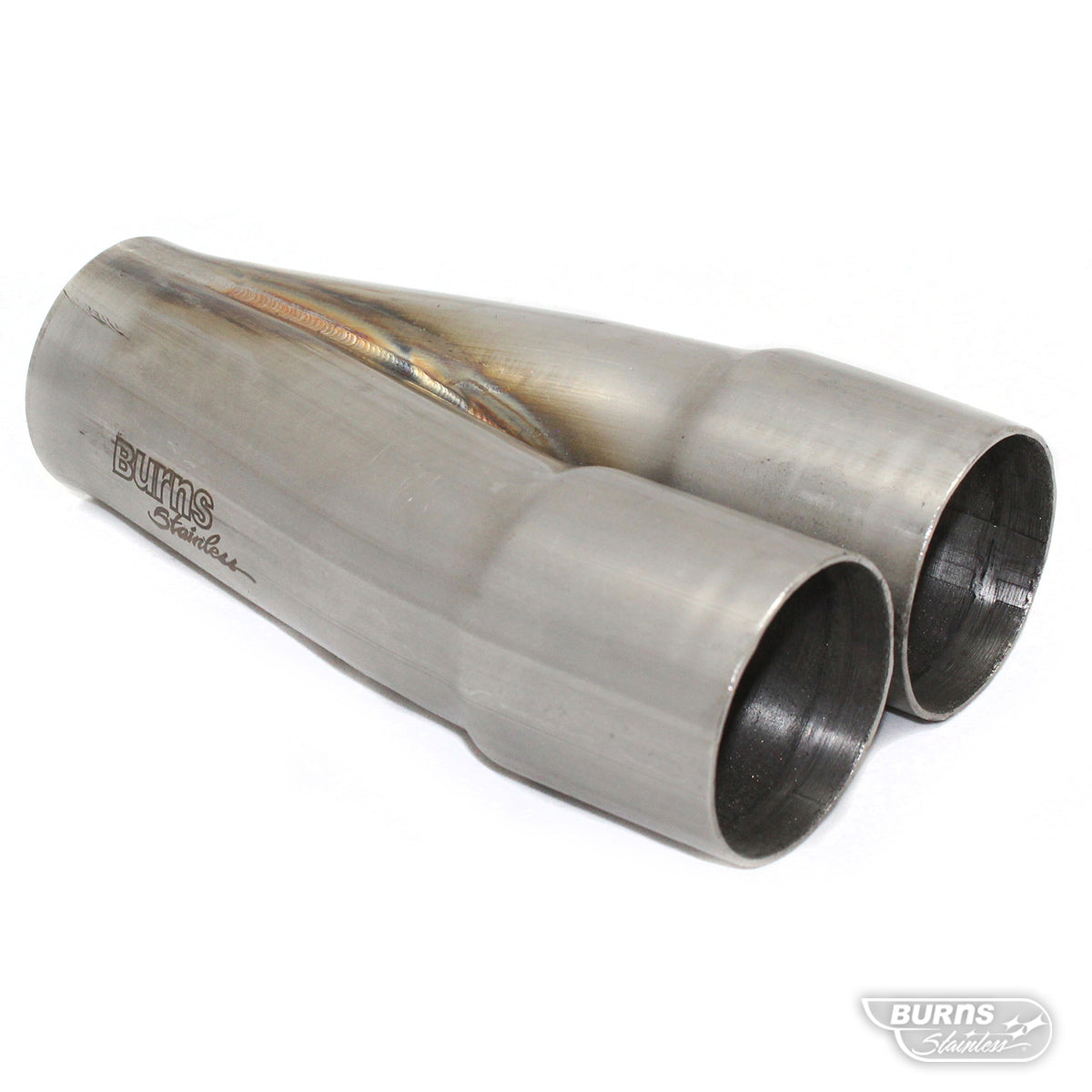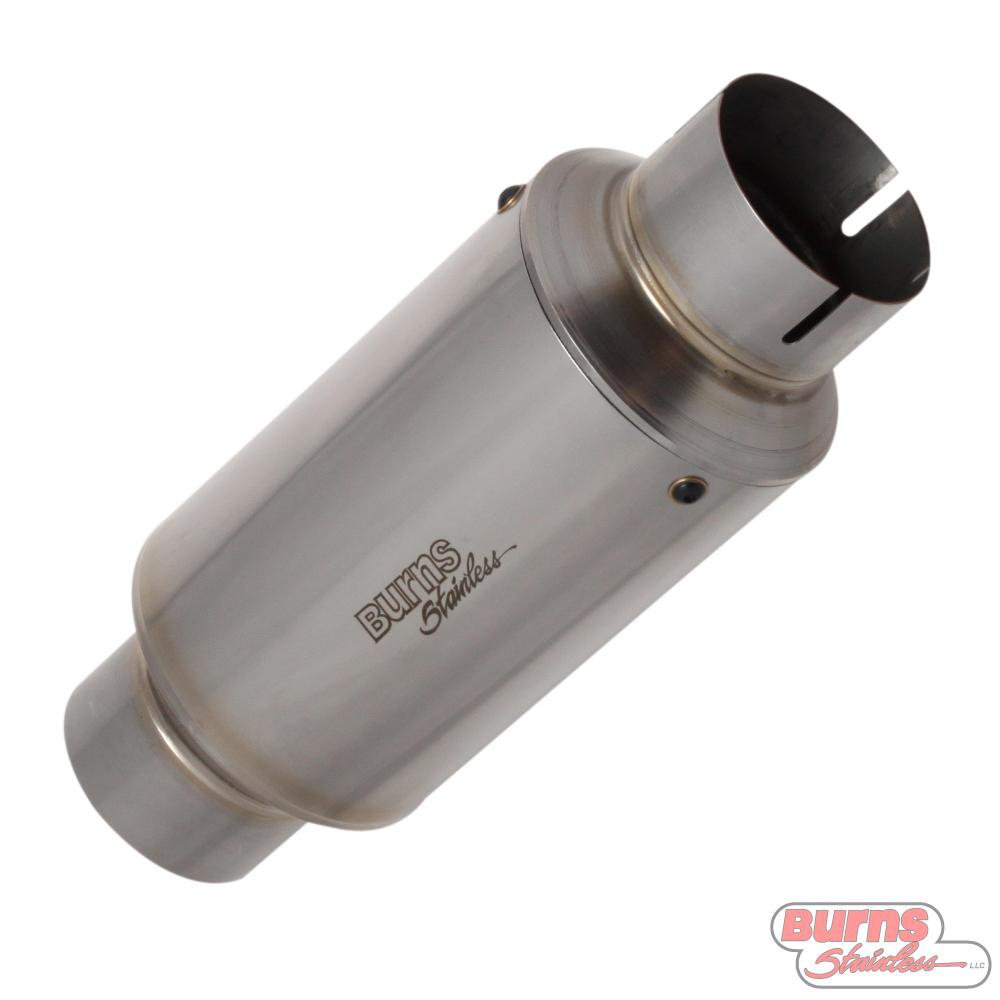The Dance that is Drifting
Two cars perilously close to each other door-handle to door-handle like ballroom dancers. They race to the quickly approaching right turn. The clutch pedal is depressed to the floor as the right foot mashes the go-pedal in the apex of the turn with a sudden lift of the clutch pedal the rear wheels break loose in the high rpm and swings the rear in a choreographed dance along the K-Rail as a trail of smoke lingers behind. This is the world of Drifting. Tandem drifting in this case.
This driving technique where the driver intentionally oversteers the car to lose traction all while maintaining control of the vehicle is commonly thought to come from Japan in the 1970’s but it was 20 years earlier in Europe when Enzo Ferrari credits Italian driver Tazio Nuvolari as the inventor of the 4-wheel drift. British racing driver Stirling Moss improved on Novolari’s technique, mastering the art of drifting through curves in Formula 1 races by steering with the accelerator pedal. Drifting as a competition became popular in the All Japan Touring Car Championship races with Kunimitsu Takahashi created drifting techniques in the 1970’s.

One of the earliest recorded drift events outside Japan took place in 1996 at Willow Springs Raceway in California. Hosted by Japanese drifting magazine “Option”, Daijiro Inada (founder of the Japanese D1 Grand Prix), NHRA Funny Car drag racer Kenji Okazaki and Keiichi Tsuchiya gave demonstrations in a Nissan 180 SX that the magazine brought over from Japan. Drifting has since exploded into a form of motorsport in North America, Australia, Asia, and Europe.
The sport has evolved where drivers compete in points for Speed/Fluidity, Large Turn Angles, Line and Style. Speed/Fluidity is judged on how fast and well they maintain momentum when entering and exiting corners on the track. This is the commitment section and often demonstrates the driver’s confidence. Large Turn Angles are difficult as the larger the angle the slower the more the car slows down. Maintaining speed through a large angle will give you a higher score. Line is the path the driver takes through the course. Line suggestions are given by the judges prior to the race and have areas where clipping points and getting close to the wall are “suggested”. The closer the driver gets to the wall on a drift, and the more lhey follow the suggested line accurately they receive higher points. Style is achieve by use of techniques and strategies, smooth and precise approach or aggressive and sharp approach are two examples of style. Style is ultimately up to the judge’s opinion where they look for little or no corrections throughout the drift all while maintaining speed, momentum, consistency, and accuracy.
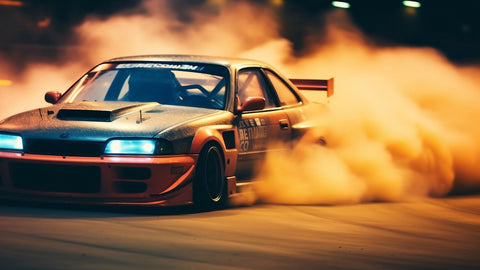
Drift cars are usually lightweight and rear-wheel drive coupes and sedan with a wide range of power levels. The rear brakes are usually operated by a hand control near the gear shifter. A mechanical Limited Slip Differential (LSD) is essential for drifting. The preferred form of LSD for drifting is the clutch type, in “two-way” form for its consistent and aggressive lockup behavior under both acceleration and deceleration.
Gear sets may be replaced with closer ratios to keep the engine in the power band, or on more powerful cars a four-gear transmission like ones used in NASCAR with more open-ratio gears limits the number of shifts the driver must do during their run. The Burns Stainless X-Design Exhaust Modeling program can also extend the power-band for many of these racers with a specialized exhaust system.
A thrilling motorsport to watch the races are usually held in parking lots with cones and k-rails set up for the course surrounded by grandstands for the spectators. Watch for a Drifting exhibition to come to a location near you. You will be amazed at the dance these cars make as they drift through the course that will excite your senses.





